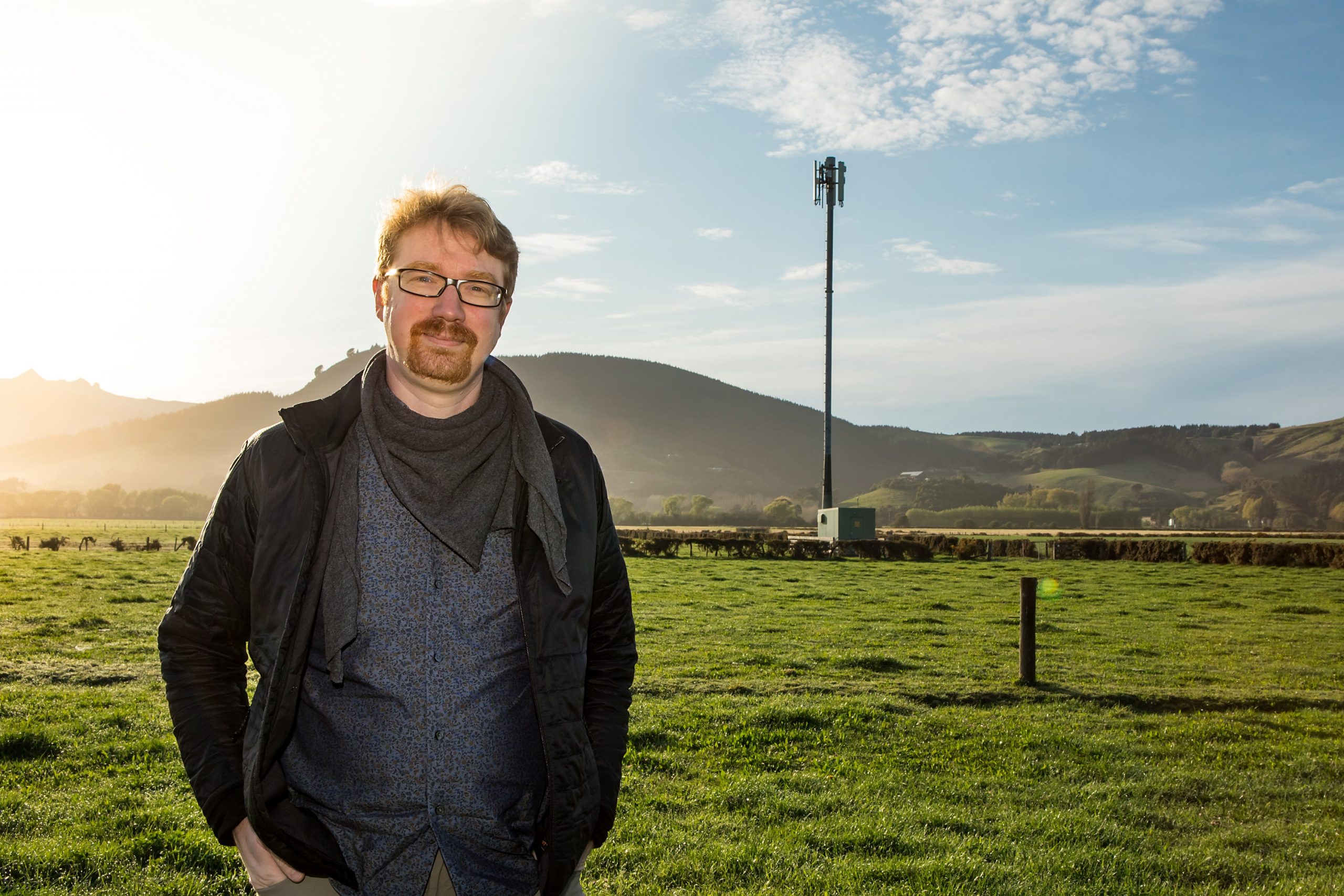A new research tool could be used to help predict wildfire evacuation behaviour, potentially saving lives in the process.
Developed by an international multidisciplinary team, led by the University of Florida and including Te Whare Wānanga o Waitaha |
University of Canterbury Professor
Daniel Nilsson, the tool uses GPS data in conjunction with qualitative data, to track people’s movements during a wildfire. This data can then be used to help emergency services to best prepare for future events.
“To effectively plan for wildfire events, it is important to understand how people behave,” says Professor Nilsson. “By using GPS data, we are able to understand when people started their evacuation, what routes they chose, and where they evacuated to. We can also understand how many ignored official warnings and remained in their homes. We are one of the first groups applying GPS data to wildfire evacuation, enabling us to bring a new perspective and provide novel insights.”
Initially the research was based on surveys following wildfire incidents, such as the 2019 Pigeon Valley Fire in Nelson. While the surveys collected extremely valuable data, Professor Nilsson says there were clear biases in the responses.
“People do not always remember things accurately, especially a long time after the fire, or even just after the fire if they are emotionally distressed. Also, people may not want to admit to behaviour in a questionnaire study that may contradict official advice, such as when to evacuate.”
The use of GPS data was then piloted in a study led by the University of Florida with the collaboration of University of Canterbury, Massey University, RMIT University, and University of Utah to study the 2019 Kincade Fire in Sonoma County, USA, which forced 200,000 people to evacuate. The study is funded by the National Institute of Standards and Technology (NIST).
“The study in the US was extremely useful as it involved thousands of people in a very populated area, providing a more nuanced set of data,” says Professor Nilsson. “However it also showed that GPS datasets can be associated with their own set of limitations, such as the age of smartphone users, and passengers rather than drivers are more likely to be using their phones. So GPS data are complementary to questionnaire data.”
Currently the team is working on a real-time evacuation prediction model that could be used by emergency services during a wildfire.
“The idea is that real-time GPS data, along with other input, such as weather and socio-demographic factors, can be used to predict the evacuation process. This can then inform emergency services to know what areas to prioritise to get everyone out in time. Globally, wildfire events are going to increase with greater severity due to climate change and urban spread, so we need to be better prepared in the years to come.”
